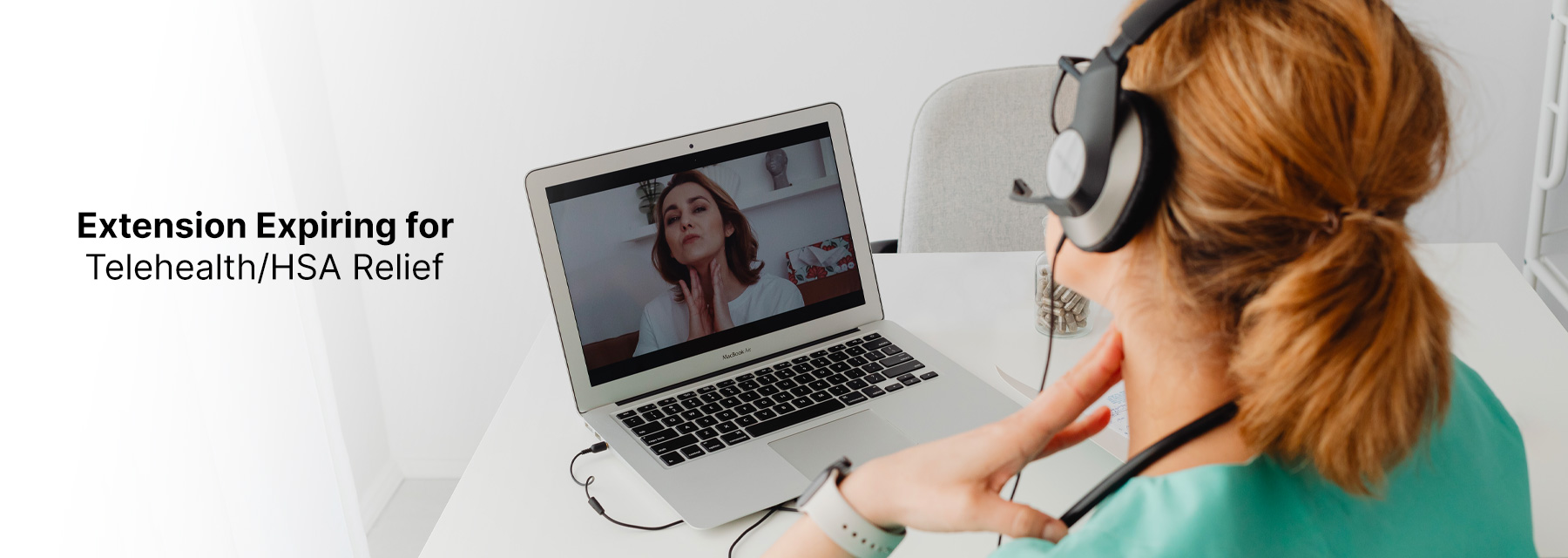The pandemic has changed the workers’ compensation game when it comes to regulatory requirements, with new and pending legislation in many states, as well as new state and federal reporting requirements.
I recently sat down with the following legal and compliance experts to review these changes and the best ways employers can protect their employees and manage potential outbreaks in the webinar, Workers’ Compensation Now: The Experts Weigh In:
- John Polson, Partner at Fisher Phillips
- Anthony Poston, CEO & Co-founder at ESM Insite
- Abe Jabhan, Senior Claims Advocate at ESM Insite
Here are some of the highlights of our discussion, including a few tips to better manage risks related to COVID and navigate these evolving requirements.
A flood of new legislation
There have been at least 810 new bills enacted across the U.S. for COVID-related employment issues, with another 1500 bills still pending. Here are two new requirements in California that every employer should know about.
- SB 1159, enacted in September, extended Gov. Gavin Newsom’s initial executive order facilitating workers’ compensation benefits for non-rebuttable COVID cases. Now, companies with 100 employees or fewer that report four positive cases of the coronavirus from employees working onsite, at the employer’s direction, within 14 days, must report these illnesses within 3 business days to their claims administrator.
Similarly, employers with more than 100 workers must report when 4% of employees contract the virus in the course and scope of their employment. This legislation also requires retroactive reporting for positive COVID tests, dating back to July 6th when the governor’s initial executive order expired. - AB 685, which goes into effect January 1, 2021, will require employers in California who discover a positive COVID test, to provide written notice to all employees on the premises where exposure took place, including any subcontractor employees, as well as notify union representatives. That notice to employees (which should not reveal identity of the ill worker) should include information regarding specific COVID-related benefits and include the company’s disinfection and safety plan.
Also, when there is an outbreak (which is defined in AB 685 as three or more lab-confirmed cases from different households) employers must give notice to public health agencies within 48 hours. Fatalities must also be reported to public health agencies.
“The whole point is to educate the workforce so they can protect themselves,” Polson said.
Changes to Cal/OSHA enforcement
Cal/OSHA already possessed the ability to shut down a worksite that presented an “imminent hazard”. However, passage of AB 685 extended that to COVID, giving the agency the ability to close a worksite if it determines the company exposes workers to the risk of infection of COVID-19 constituting an imminent hazard. Factors behind this determination could include lack of distancing or enforcement of face coverings, not providing adequate personal protective equipment or other safety measures.
Here’s a few of the requirements for how employers should respond:
- Once an employee files a complaint with Cal/OSHA, employers have 5 days (down from 15) to respond with documentation disputing the claim, including the Injury and Illness Prevention Program (IIPP).
- If an employee is admitted to the hospital after becoming sick at work or where the illness is believed work-related, Cal/OSHA must be notified within 24 hours.
- If there is a fatality occurring within 30 days of a known exposure at work, employers have eight hours to report it to Cal/OSHA.
What you need to do to protect your employees and your business
- Stay informed of current orders in your state and county.
- Implement safety practices to mitigate harm.
- Educate and train all employees to follow safety orders.
- Document all practices and procedures.
- Review workers’ compensation claims handling procedures and required documents.
Having the proper protocols in place and documentation that these practices are being implemented, Polson said, not only ensures you are complying with new legislation, it could also help you stay out of the court system, as the number of civil cases filed, related to COVID in the workplace, continues to climb.
For additional helpful information such as case studies, links to employee acknowledgments, workers’ compensation presumption decision trees, and other tools and resources, watch the rest of the webinar on our events page at Sequoia.com
Disclaimer: This content is intended for informational purposes only and should not be construed as legal, medical or tax advice. It provides general information and is not intended to encompass all compliance and legal obligations that may be applicable. This information and any questions as to your specific circumstances should be reviewed with your respective legal counsel and/or tax advisor as we do not provide legal or tax advice. Please note that this information may be subject to change based on legislative changes. © 2020 Sequoia Benefits & Insurance Services, LLC. All Rights Reserved



